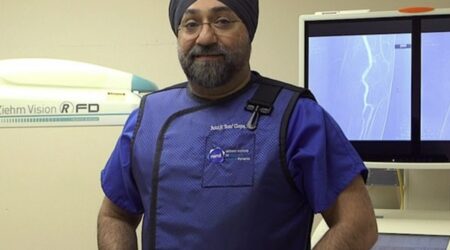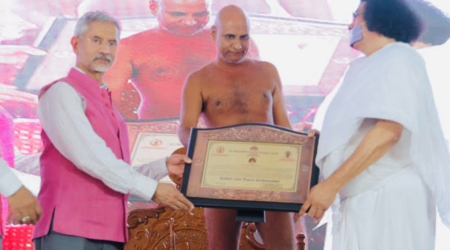Back pain leads people to seek medical attention and results in the leading cause of work disability. It affects 60-80 percent of people throughout their lifetime.
When it comes to aches and pains in the back, there’s no one size fits all and no age is not a factor. In fact all age groups are getting affected, and 23 percent of the world’s adults suffer from chronic low back pain. An annual rate of adolescents suffering from back pain is between 11 per cent to 33 percent.
The most encountered form of low back pain is called “nonspecific low back pain”, it is usually categorised in 3 subtypes– Acute, sub-acute and chronic. It depends on the length or duration of suffering from back pain. Acute low back pain is an episode that lasts less than 6 weeks, sub-acute is between 6-12 weeks and chronic is for 12 weeks or more.
Nonspecific low back pain accounts for over 90 percent of patients entering the hospitals. Leg pain is a frequent companion arising from neurological or musculoskeletal structures of the lumbar spine.
People suffering from most types of lower back pain are referred for physiotherapy treatments and in worse cases considering other aggressive treatments like back surgery.
The goals of physiotherapy are to: Decrease back pain, increase functional movements, teach an individual extensive home maintenance program to prevent its recurrence.
Exercise is introduced in the plan once the patient is better with his pain. Lumbar spine is stabilized by various specific muscles and stronger these muscles are, less is the stress placed on discs and joints of the spine.
Stretching: Proper stretching of the muscles along with the active exercises helps in attaining the normal range of motion, providing relief to the shrinking muscles from the lack of use. Individuals should never jerk while stretching and it should be slow and gradual.
Core strengthening exercise: They include specific exercises such as sit ups, crunches and leg raise. Low back exercise focuses on using the lower back muscles to hyperextend the spine, which should initially be done under the guidance of a physiotherapist.
Prevention is better than cure
Exercise: Strong bones and strengthened muscles are the key to good spinal health. Include your daily workout with low impact cardio and exercise ball workouts.
Good posture at workplace: Use efficient ergonomic chairs that support your back correctly, opt for stand-up desks for some part of the day and take frequent walking breaks to avoid prolonged sitting.
Lift carefully: It is the commonest cause of lower back pain. Load and unload carefully; bend at your knees, do not twist suddenly and hold the objects closer to the body
Wake up carefully in morning: Maintain straight back for an hour after waking from long sleep as this is the time your disc is most vulnerable.
Stretching: Hamstring stretch is most important in addition to other stretches, so incorporate this in your daily routine.











